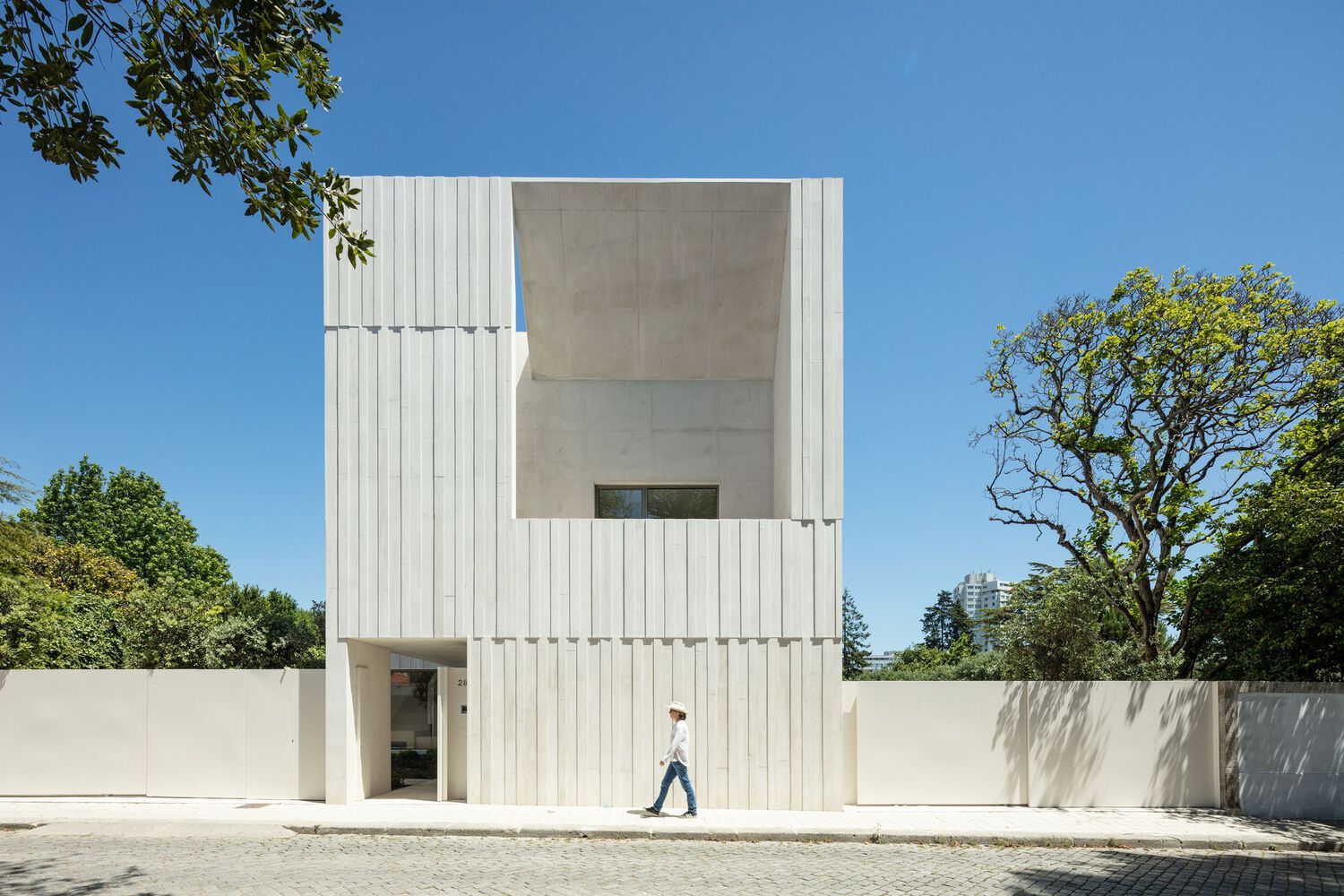The heart of Porto, along a tranquil street perpendicular to the bustling Avenida da Boavista, stands a testament to architectural brilliance and aesthetic finesse – the House in Boavista designed by Topos Atelier de Arquitectura. This residence, carefully nestled within its urban surroundings, is a model of privacy seamlessly integrated with nature. Behind its walls, gates, and discreet facade lies a sanctuary that perfectly balances modern design and natural serenity.
At the core of this architectural marvel lies the innovative use of OTIIMA frame systems, which marrie form and function seamlessly. The Plus System, a reimagined minimal frame system, graces the windows, offering high performance and homogeneous aesthetics. The Classic System, with its functional elegance, redefines the traditional frame concept, while the Open System extends living spaces by offering inward and outward opening configurations. These systems not only define the architectural essence of the house but also contribute to its visual appeal.
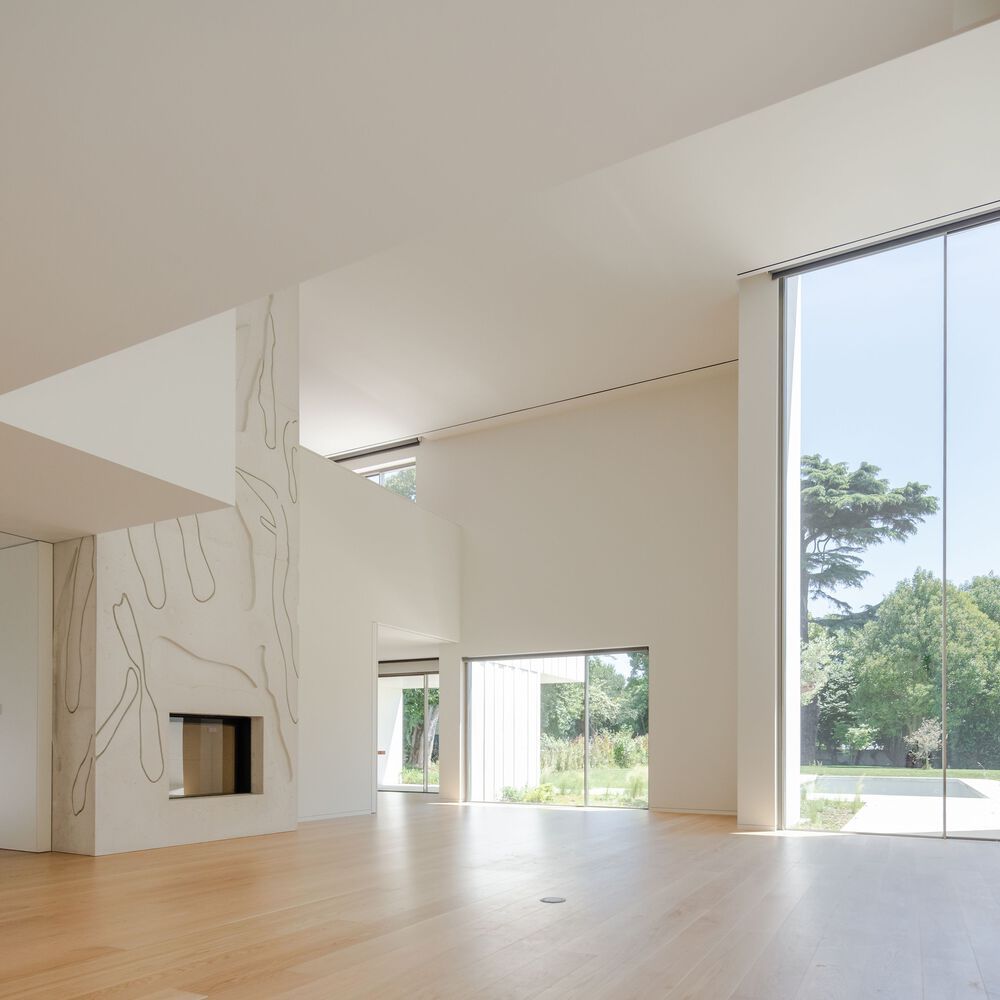
Casa na Boavista | Topos Atelier de Arquitetura | © joão morgado
The social spaces of the house are ingeniously organized on the ground floor. Visitors are greeted by an expansive view stretching from the garden entrance. Here, the games room, dining room, and living room – adorned with double-height ceilings – create an inviting ambience. A concealed passage leads to the kitchen and service spaces below, including a garage, laundry, gym, and storage areas.
All glazing on the ground floor opens to the captivating garden. One remarkable feature is the large OTIIMA vertical opening in the living room, framing a camphor tree and a century-old cedar, creating a connection with nature that is as aesthetic as it is immersive. The design, including the white concrete chimney with bas-relief motifs, harmoniously complements the outdoor landscape, seamlessly integrating the interior and exterior spaces.
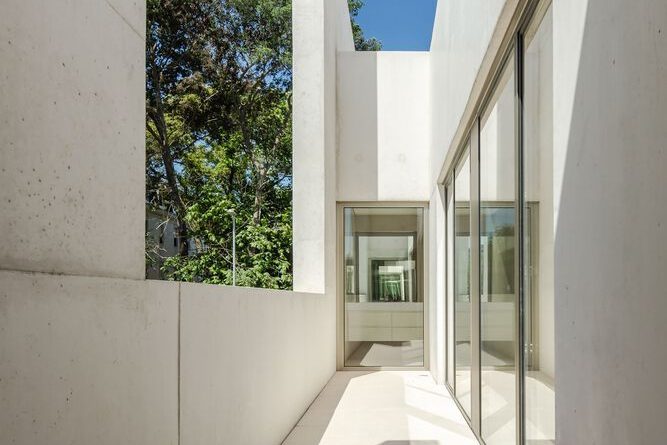
Casa na Boavista | Topos Atelier de Arquitetura | © joão morgado
Perhaps his most famous principle, “Less is more,” summarizes Mies’ approach to design: stripping away the unnecessary to reveal the essential. His buildings are characterized by clean lines, open floor plans, and an absence of ornamentation. This philosophy encourages architects to prioritize spatial clarity and material integrity, resulting in modern and enduring structures.
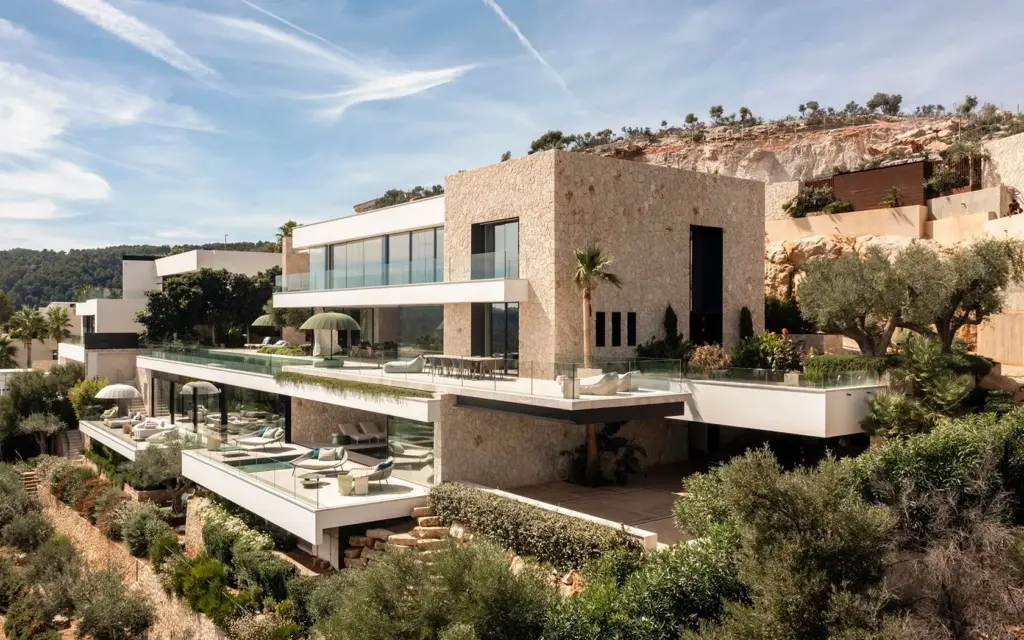
© Tomeu Canyellas
1. Heydar Aliyev Center – Zaha Hadid
1. Heydar Aliyev Center – Zaha Hadid
A continuous staircase, illuminated by natural light, guides inhabitants to the upper floors. The first floor houses a guest bedroom with an en-suite bathroom, two bedrooms in a duplex layout, and a library/office on a mezzanine overlooking the living room. These spaces open onto a spacious terrace, offering panoramic views of the surroundings. On the second floor, the staircase leads to a double bedroom with a dressing room and en-suite bathroom, and each room opens onto private, lush terraces. This vertical arrangement maximizes the connection with nature, ensuring every corner of the house is bathed in natural light and greenery.
Read also - Enhancing Jerusalem’s Skyline: The Intercontinental Hotel Jerusalem
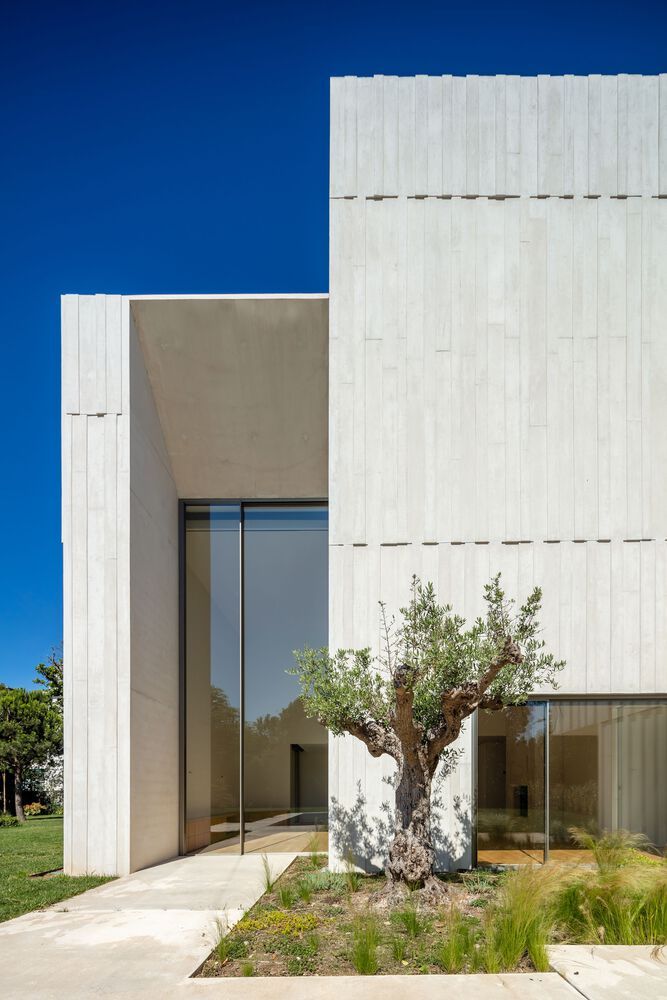
Casa na Boavista | Topos Atelier de Arquitetura | © joão morgado
Beyond its architectural layout, the House in Boavista embodies the precision of execution, focusing on the expressive quality of concrete. The design, meticulous in its attention to detail, evokes a sense of touch, bringing an added dimension to the living experience. Every form, every line, retains the memory of dedicated manual craftsmanship, creating a home that is not just lived in but experienced.
The House in Boavista is a testament to the synergy between architectural innovation, natural harmony, and meticulous craftsmanship. Through the lens of OTIIMA frame systems, this residence becomes a canvas where privacy, nature, and design converge, offering its inhabitants a truly exceptional living experience in the heart of Porto’s vibrant landscape.
